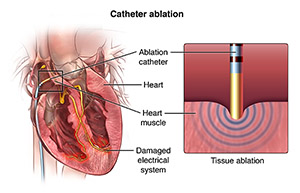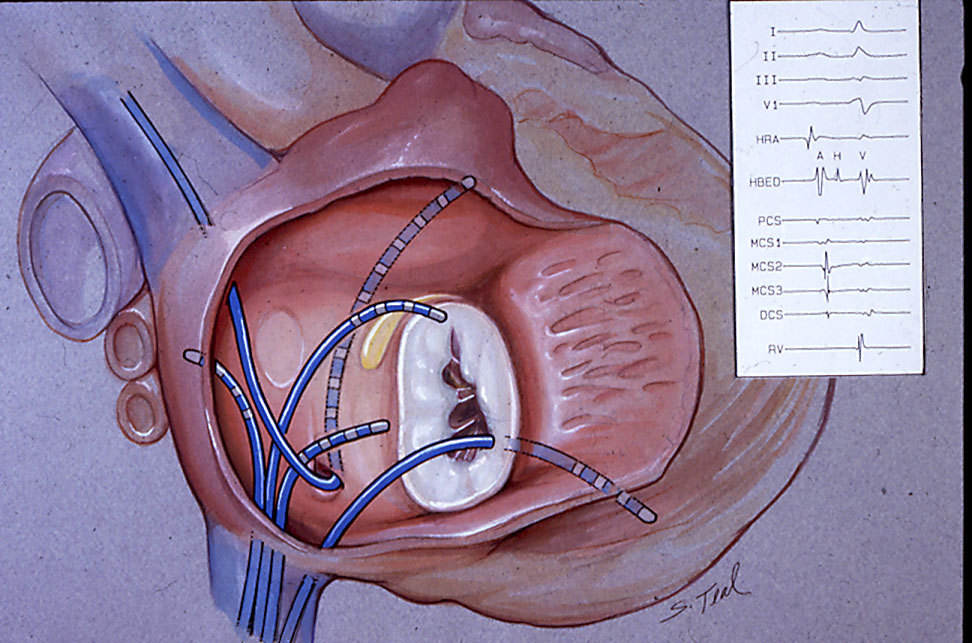Heart ablation is in general a catheter-based procedure such as TAVRfor aortic stenosisor Mitraclipfor mitral regurgitation that means it is performed through small tubes usually inserted through the arteries or veins of the leg. Endocrinology The pharmacologic or surgical elimination of hormone-producing tissue.
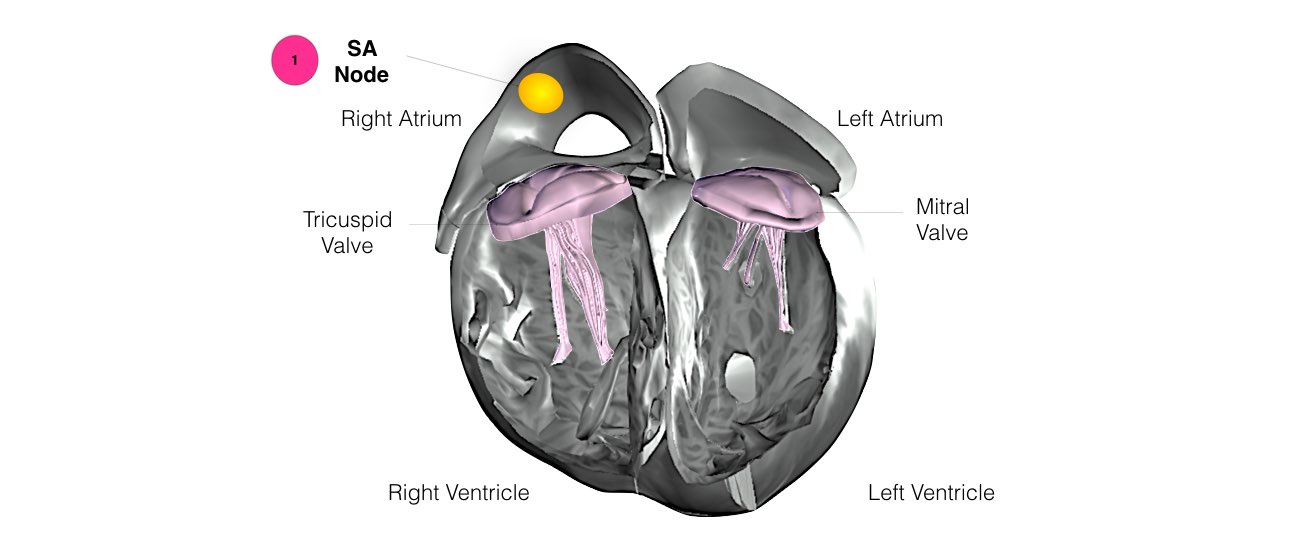
Svt Ep Study Ablation One Heart Cardiology
Ablation for Arrhythmias Catheter ablation is a procedure that uses radiofrequency energy similar to microwave heat to destroy a small area of heart tissue that is causing rapid and irregular heartbeats.
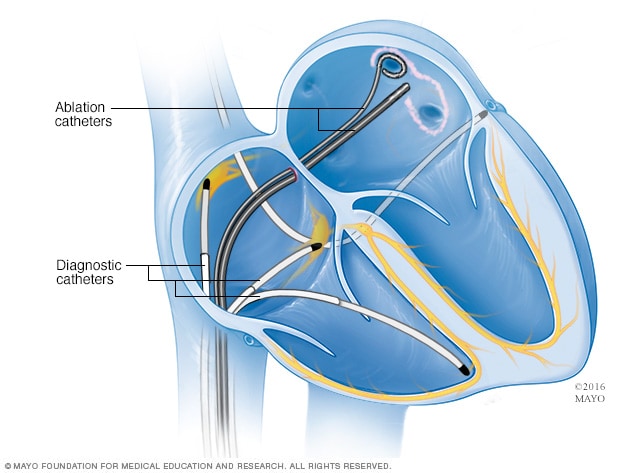
Ablation heart definition. Also known as a cardiac ablation or radiofrequency ablation this procedure guides a tube into your heart to destroy small areas of tissue that may be causing your abnormal heartbeat. In some cases cardiac ablation prevents abnormal electrical signals from entering your heart and thus stops the arrhythmia. These lesions disrupt the abnormal electrical signals inside your heart.
Cardiology Ablation therapy The destruction isolation or removal of an endocardial region linked to a particular arrhythmia. The pumping action of your heart is triggered by electrical impulses. It uses small burns or freezes to cause some scarring on the inside of the heart to help break up the electrical signals that cause irregular heartbeats.
Cardiac ablation is a medical procedure for treating arrhythmia irregular heartbeat and atrial fibrillation AFib. This can prevent the abnormal electrical signals or rhythms from moving through the heart. Usually the heart beats between 60 and 80 times a minute.
Destroying this tissue helps restore your hearts regular rhythm. Ablation is a procedure to treat atrial fibrillation. Ablation also known as catheter ablation is a treatment that aims to correct certain types of abnormal heart rhythms by blocking electrical pathways in the heart.
A cardiac ablation is a procedure where a surgeon uses electrodes to destroyablate tissues that are causing heart arrhythmia. You may feel some discomfort during this part of the ablation depending on where in the heart it is. This can help the heart maintain a normal heart rhythm.
Typically cardiac ablation is a way to intentionally damage or modify cardiac tissue that is responsible for heart rhythm problems cardiac arrhythmias primarily rapid heartbeats tachycardia or irregular rhythms from frequent premature beats or even atrial fibrillation. Ablation may be used to treat a heart that beats too quickly more than 100 beats per. The ablation catheter delivers radiofrequency heating energy or freezing energy to create lesions.
Indications Atrial flutterfibrillation AV nodal reentry AV reentry ventricular reentry. Not everyone with a heart arrhythmia needs a catheter ablation. The heart has 4 chambers.
Learn more about the types of ablation the procedures possible risks and. The tricky part is getting the electrodes into the heart. The procedure is also called radiofrequency ablation.
Catheter ablation is a drug-free solution for a wide range of abnormal heart rhythms arrhythmias. Cardiac ablation works by scarring or destroying tissue in your heart that triggers or sustains an abnormal heart rhythm. The procedure destroys heart tissue in order to block specific nerve pathways which stops the electrical signals that trigger arrhythmias.
During the procedure small wires called electrodes are placed inside your heart to measure your hearts electrical activity. It uses either heat radiofrequency ablation or freezing cryoablation on the area of your heart thats causing the abnormal heart rhythm or arrhythmia. These tubes are then passed up to the heart.
Ablation is a procedure for restoring normal heart rhythm particularly if the irregular rhythm has not responded to medication. An ablation is usually performed when the arrhythmia is causing symptoms that interfere with the persons quality of life such as stopping them from doing their job or normal daily activities and when they havent responded to other treatments such as medicines. Cardiac ablation is a technique primarily used to correct problems with the heart rhythm arrhythmias.
Cardiac ablation is a procedure that is used to scar small areas in your heart that may be involved in your heart rhythm problems. Catheter ablation of arrhythmias has been attempted in various ways since the first description of the technique in 19831 There has been considerable experience and success in the ablation of left sided accessory pathways using the retrograde transaortic approach2 3 However the 1992 NASPE survey4 found a significant complication rate of 21 and a procedure related death rate of 02 caused mainly by the need for retrograde left heart. Cardiac ablation is a procedure that can correct heart rhythm problems arrhythmias.
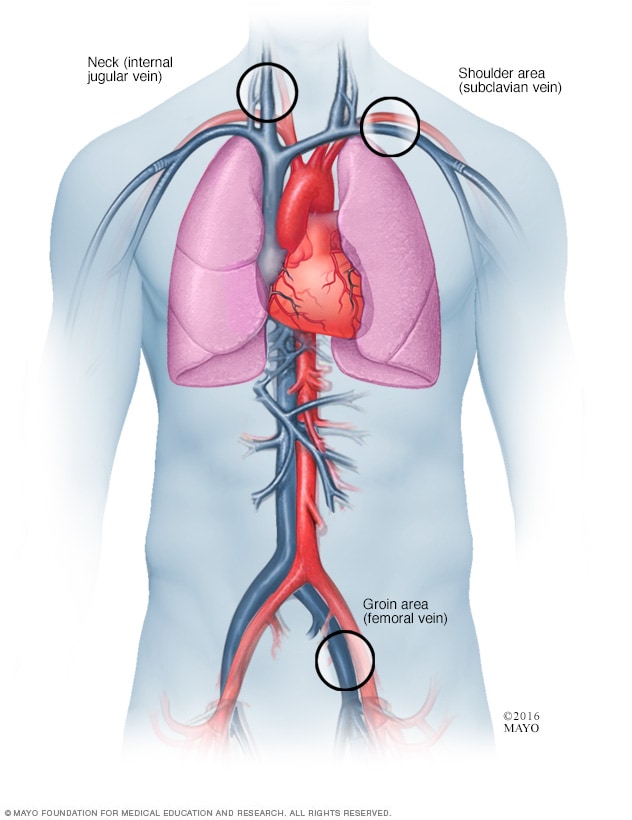
Atrial Fibrillation Ablation Mayo Clinic

Cardiac Ablation Cardiac Heart Ablation Heart Rhythms

Catheter Ablation Of Supraventricular Arrhythmias And Atrial Fibrilation American Family Physician

Ablation Vs Medical Therapy For Atrial Fibrillation Putting Cabana In Perspective Consult Qd
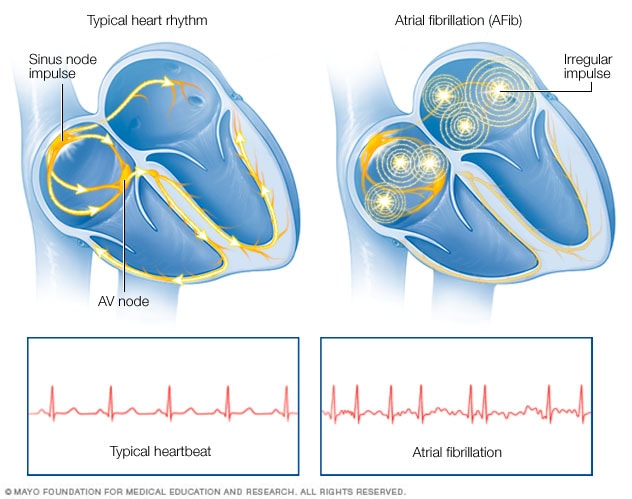
Atrial Fibrillation Ablation Mayo Clinic
Cardiac Catheter Cryoablation Western New York Urology Associates Llc

Zap Away Atrial Fibrillation Harvard Health
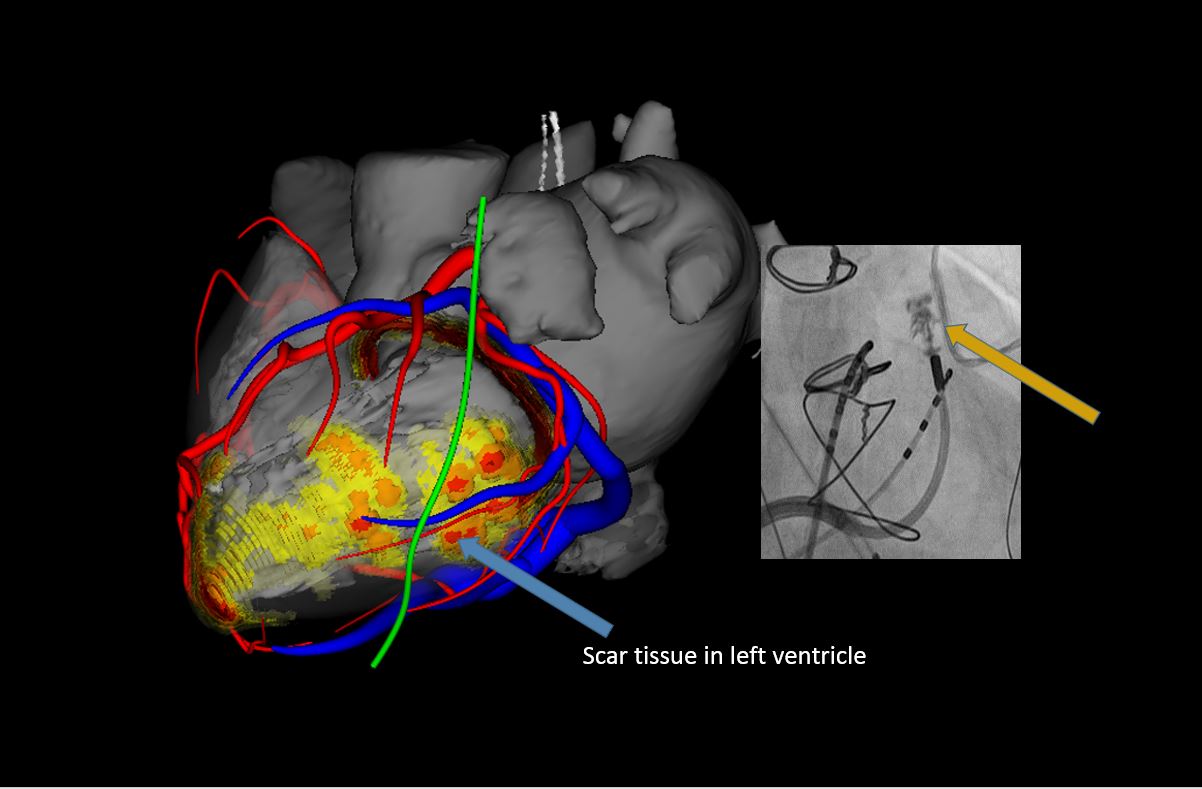
Vt Ablation With Investigational Needle Catheter Shows Promise In Patients Brigham Health On A Mission

What Is Cardiac Ablation Definition Procedure Risks Study Com

Av Node Ablation For Atrial Fibrillation

Alcohol Septal Ablation Asa Rodnie Oro
Treatment For Av Nodal Reentrant Tachycardia Avnrt In Washington Dc Maryland

Catheter Ablation Pulmonary Vein Ablation Isolation
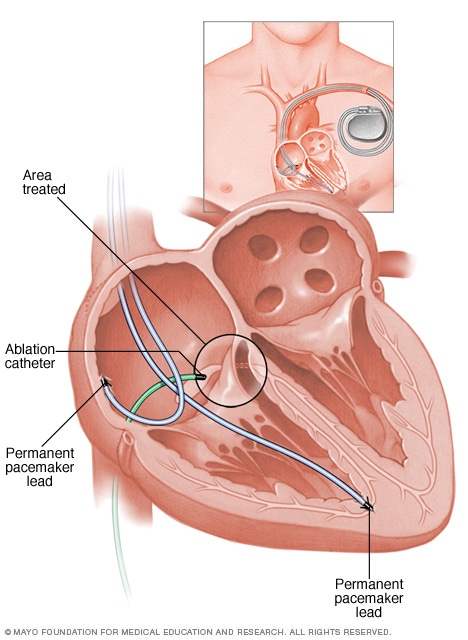
Av Node Ablation Type Mayo Clinic
Radiofrequency Ablation Western New York Urology Associates Llc
